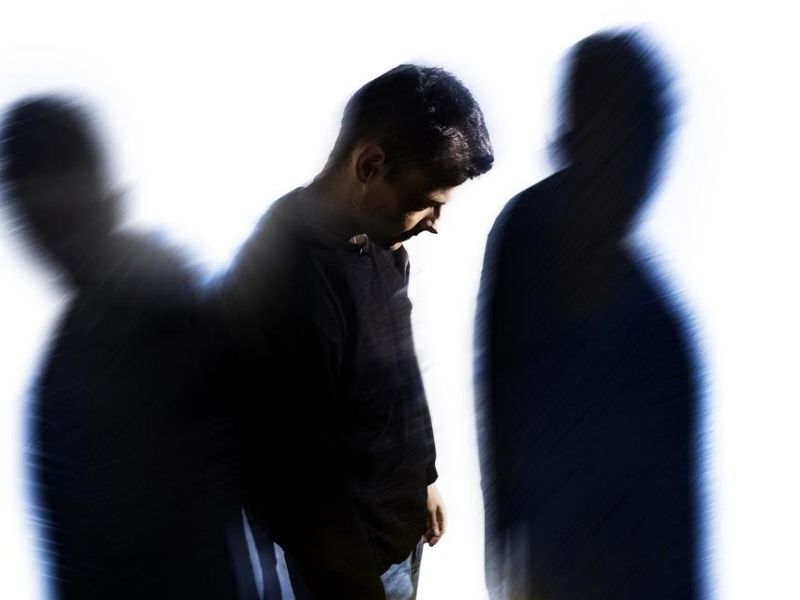Most people associate bipolar disorder with mood swings. While that’s part of the condition, there are far more symptoms that an individual can experience. If you’re wondering whether you or a loved one has bipolar disorder, then here are the symptoms to look out for.
Bipolar Mania
Mania is the term used to describe the high level of this disorder. Those who are bipolar switch between highs and lows. Extreme energy, irritability, and restlessness are common in mania. A person in a manic episode might also experience:
- Impatience
- Erratic speech
- Euphoric mood
- Inability to concentrate
- Poor judgment
- Increased sex drive
- Substance abuse
- Aggression
- Feelings of power
- Sleeplessness
While the severity of these symptoms and their presence changes for each individual, mania is inevitable in bipolar disorder. Hypomania, a milder form of mania, often excludes several of these symptoms and allows an individual to function closer to their normal baseline. Regardless of severity, symptoms lasting more than a week are considered an episode.
Bipolar Depression
The low side of bipolar disorder is depression. After the emotional highs comes an episode of emotional downturn. In many cases, like victims seeking justice through a sex crimes attorney in Los Angeles, people experience the low before the high when developing this disorder. Symptoms include:
- Extreme sadness, anxiety, and emptiness
- Feelings of hopelessness
- Low energy
- Trouble concentrating
- Restlessness and irritability
- Insomnia or excessive sleeping
- Feelings of guilt, worthlessness, and helplessness
- Changes in appetite, which cause changes in weight
- Suicidal thoughts
- Physical symptoms, like pain, that cannot be explained
Like mania, the severity and presence of these symptoms changes with the individual. If any five are present for more than two weeks, a diagnosis of a depressive episode is made by a doctor. Those who experience trauma and are vulnerable to becoming bipolar through genetics will often enter a depressive episode first, experiencing mania some weeks later.
Understanding Bipolar Disorder
Everyone’s bipolar disorder is different. Some people go weeks to months without experiencing any episodes, while others flip between depression and mania rather quickly. Medical experts classify these individuals under Bipolar I and Bipolar II.
In Bipolar I, mania and depression come in recurring episodes. In Bipolar II, hypomania alternates with depressive episodes. The levels of severity and the number of symptoms can change over a person’s lifetime, often requiring treatment and continued changes to that treatment.
The beginning point for this disorder depends on genetics as well as environmental factors, which are primarily associated with stressful or traumatic events. A person relying on Riverside divorce attorney Catherine Schwartz to handle a difficult separation, for instance, is more likely to become bipolar if there is a genetic predisposition.
While not everyone with a family history of the disorder develops it after these unfortunate circumstances, those that do will experience their own level of severity. Any symptoms of this disorder require treatment to manage, but greater severity demands that treatment be more intense.
A combination of therapy and medication can help these individuals manage their mania and depression, allowing them to continue their normal lives without interference from their symptoms. It takes continued monitoring and adjusting treatments to stay on top of this disorder, though. While it can’t be cured, bipolar disorder doesn’t have to disrupt your life.

